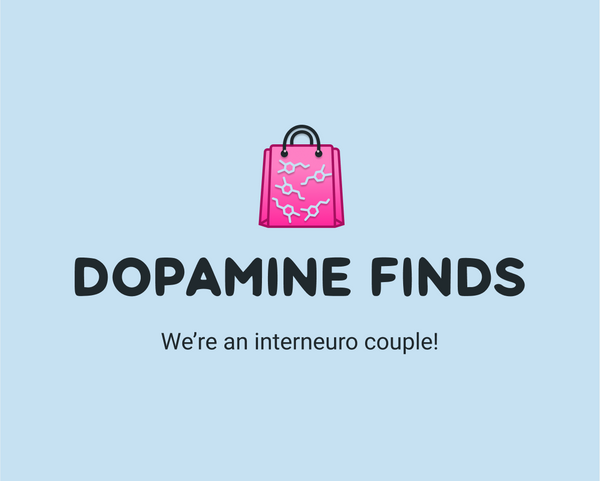Balancing Act: Understanding and Negotiating Needs in an Interneuro Relationship
When one partner in a relationship is navigating both ADHD and Autism (often referred to as AuDHD), the complexities of communication and understanding each other's needs can be particularly challenging. Neurodivergents may find it hard to understand their neurotypical partner’s needs or reasoning, and neurotypical partners may struggle to balance their partner’s support needs along with theirs. This article aims to provide insights and strategies to help interneuro couples (AuDHD or other types of ND), like Luis and I, find a harmonious balance.
Understanding AuDHD in Relationships
- Recognizing Unique Challenges: AuDHD combines the characteristics of both ADHD and Autism, which can include difficulty with executive functioning, sensory processing challenges, and social communication differences. Understanding these nuances is crucial in recognizing how they might manifest in relationship dynamics.
- Identifying Individual Needs: People with AuDHD may have specific needs related to their neurodiversity. For instance, they might require more alone time to recharge, or they may need clear and direct communication without implied or hidden meanings. But let it be clear, neurotypical needs aren’t to take a backseat either.
Strategies for Negotiating Needs
- Open and Honest Communication: Regularly set aside time for open discussions where both partners can express their needs and feelings without judgment. It’s important that both the neurotypical and neurodivergent partner’s needs are met. For neurotypicals, It can be easy to always cater to your neurodivergent partner’s needs, but never forget that yours are just as important. Use clear, direct language, encourage questions for clarification, and remember that boundaries are a part of any healthy relationship.
- Create a Needs Inventory: Together, list out individual needs and discuss how they can be met within the relationship. This inventory should include both emotional needs (like the need for understanding or patience) and practical needs (like structured routines or specific accommodations for sensory sensitivities). Check out our needs inventory article for more help.
- Establishing Routines: For individuals with AuDHD, routines can be comforting. Work together to establish routines that accommodate both partners' preferences and needs.
- Compromise and Flexibility: Recognize that negotiation involves give and take. Be open to compromise and find middle ground where both partners' needs are considered and respected. It’s especially important to tackle problems together. It’s not you versus your partner, it’s you and your partner versus the conflict.
- Educate and Learn Together: Both partners should take time to learn about how ADHD and Autism intersect and also how to best take care of EACH OTHER. The more you take time to research aspects of your relationship that are important, the closer you may feel to your partner and better solve future conflicts.
- Professional Guidance: Sometimes, seeking help from a therapist who specializes in neurodiversity can provide valuable tools and strategies for navigating the relationship effectively.
The Importance of Self-Care and Individuality
- Self-Care: Encourage and support each other in individual self-care practices. This is crucial for maintaining personal well-being, which in turn benefits the relationship. Like I mentioned before, it can be easy to fall into a pattern of always taking care of your partner’s needs and putting yours second. Be intentional with self-care, and know that it is ok to take some time for yourself and recharge. We can’t always be running at 110%.
- Celebrating Individuality: Embrace and celebrate the unique qualities each partner brings to the relationship. Recognize that the diversity in perspectives and experiences can enrich the relationship.
Conclusion: Building a Stronger Bond
Navigating a relationship where one partner has combined ADHD and Autism is a journey of continuous learning, understanding, and growth. By implementing strategies that cater to the unique needs of AuDHD, couples can build a stronger, more empathetic, and fulfilling relationship. It’s about working together, with patience and love, to create a shared life that honors and supports each individual’s needs. Like everything else in life, relationships are about balance. In interneuro relationships it can seem difficult to balance support needs, emotional needs, and physical needs, so make sure to always be communicating with your partner and be honest about limits, expectations, and how you’re both feeling!

